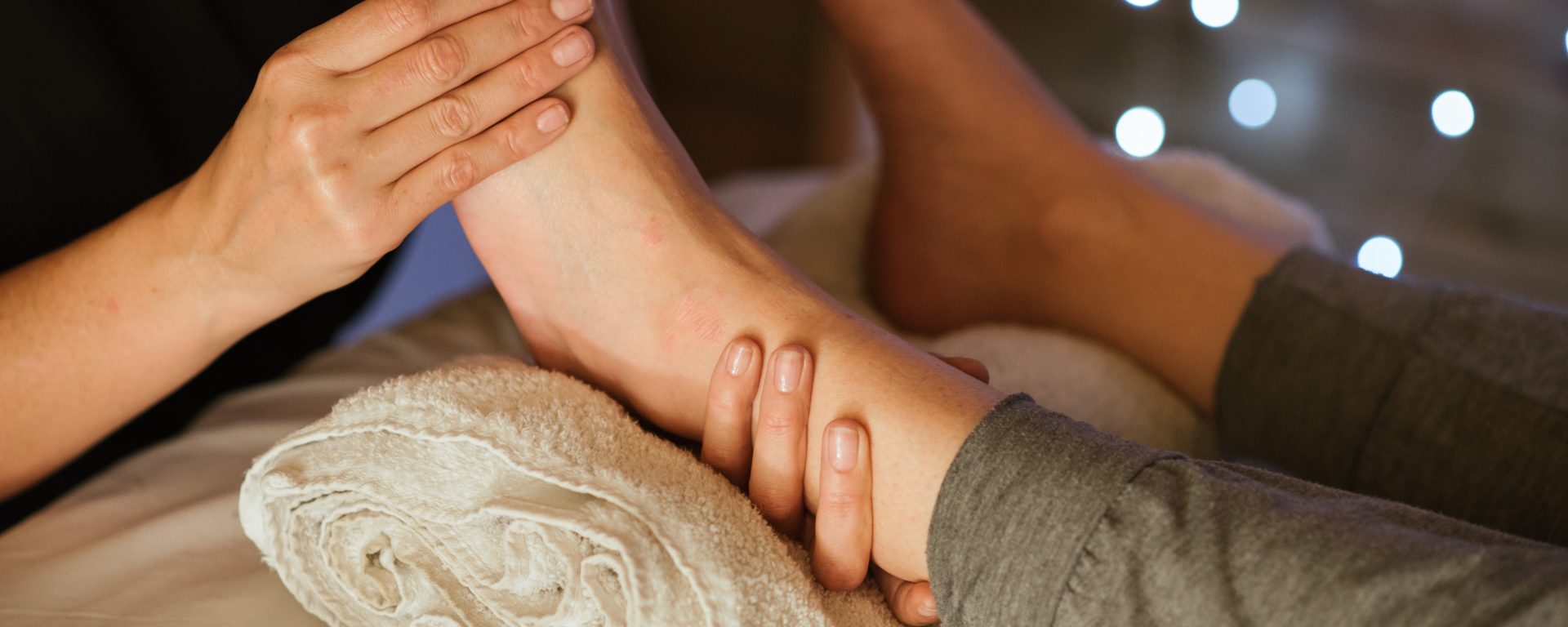In a recent randomized controlled trial conducted at a tertiary hospital, researchers led by Nor Shahizan Redzuan, et. al.,(2012) sought to determine the effectiveness of a video-based therapy program for patients recovering from acute stroke. The study involved 90 participants, with 44 assigned to the intervention group and 46 to the control group.
The intervention group received a novel approach to post-stroke rehabilitation, which involved using digital videodisks containing therapy techniques for at-home use, complemented by twice-monthly outpatient follow-up sessions over a three-month period. In contrast, the control group followed the conventional therapy regimen, attending weekly outpatient therapy sessions.
The primary outcome measure of the study was the modified Barthel Index (MBI) score, a widely used assessment tool for measuring independence in activities of daily living among stroke patients. Secondary measures included the incidence of post-stroke complications and the Caregiver Strain Index, which gauges the level of stress experienced by caregivers.
Surprisingly, at the end of the three-month trial, there were no significant differences observed between the two groups in terms of the number of patients showing improvement in MBI scores, complication rates, or Caregiver Strain Index scores. Notably, both groups experienced substantial increases in their MBI scores, indicating improvements in their independence and daily functioning.
Further analysis through regression modeling revealed that stroke severity was the only factor significantly influencing the MBI score, complication rates, and caregiver stress levels. This suggests that the benefits of the video-based therapy program were comparable to the conventional therapy approach, and stroke severity remained a critical determinant of outcomes.
These findings offer promising insights into the feasibility and safety of video-based therapy delivered at home for post-acute stroke patients. Importantly, this innovative approach does not compromise patient independence and does not impose additional stress on caregivers. As healthcare systems continue to evolve, embracing technology-enabled solutions like video-based therapy could potentially enhance the accessibility and efficiency of stroke rehabilitation, ultimately improving the quality of life for stroke survivors and their caregivers.
Reference: Redzuan, N. S., Engkasan, J. P., Mazlan, M., & Abdullah, S. J. F. (2012). Effectiveness of a video-based therapy program at home after acute stroke: a randomized controlled trial. Archives of physical medicine and rehabilitation, 93(12), 2177-2183.
